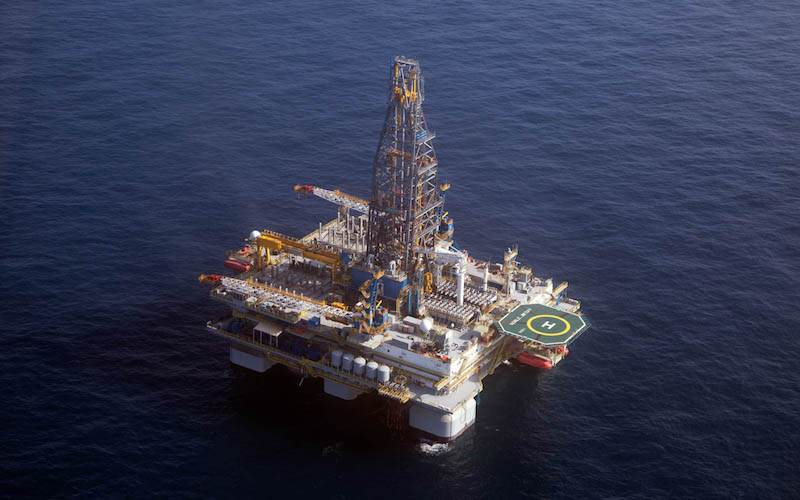Last week, the Baker Hughes U.S. rig count rose by 10 rigs. The increase broke a 24-week downtrend that began last March. During that span, the rig count dropped by 70%, driven by the oil price collapse after Russia and Saudi Arabia launch a market share war. The coronavirus pandemic and the resulting economic lockdowns didn’t help either.
In the Gulf of Mexico, the Baker Hughes rig count hit bottom eight weeks ago at 11 rigs drilling. It is now up to 13 rigs but was unchanged last week, and down 15 rigs year-over-year. The Baker Hughes count is very different from IHS Petrodata’s count of 24 contracted rigs, unchanged from the prior week. Baker Hughes only counts rigs that are actually drilling, while IHS tracks rigs being paid, regardless of whether they are drilling, completing, or working over wells, or perhaps waiting on weather, moving, or even in shipyards being upgraded.
While the two companies count activity differently, both tell us about what is going on offshore. The Baker Hughes offshore rig count low of 11 rigs was one less than the low point during the offshore moratorium on drilling imposed after the 2010 Deepwater Horizon oil spill. That shows just how devastating this downturn has been. So, what should we make of last week’s upturn?
For the oil and gas industry, the increase in working rigs means producers either discovered extra money in their E&P budgets, or at an oil price of $42 a barrel, there are profitable drilling prospects. Although we are moving into a period in which oil demand will exceed current production, it doesn’t mean oil prices are heading up. More onshore drilling reflects the quick returns these wells produce, and the ability to quickly stop if oil prices fall. Since offshore wells usually need higher oil prices than onshore drilling, the important variable is stable oil prices. The major oil companies, who dominate the offshore market, will be cautious and want to see stable to higher oil prices for a sustained period before they kick off new offshore projects.
Higher oil prices are one condition necessary for the offshore industry recovery to start. The other an improvement in project profitability. Recent offshore drilling contractor and service vessel operator bankruptcies marks the start of the profit improvement process. Expunging substantial debt, reduces the level of day rates contractors need to be profitable. The balance sheet restructurings also mean managements are more open to scrapping marginal rigs and reducing supply, another condition needed in any recovery.
Sharply higher day rates will come when oil companies find too few rigs bidding for their work. Don’t underestimate the scarcity value of drilling rigs and support vessels in the recovery of the industry. We are walking on the path to recovery – whatever it eventually looks like. We are walking, but at some point, we will start jogging and then running. For the moment, we will celebrate the walking.




